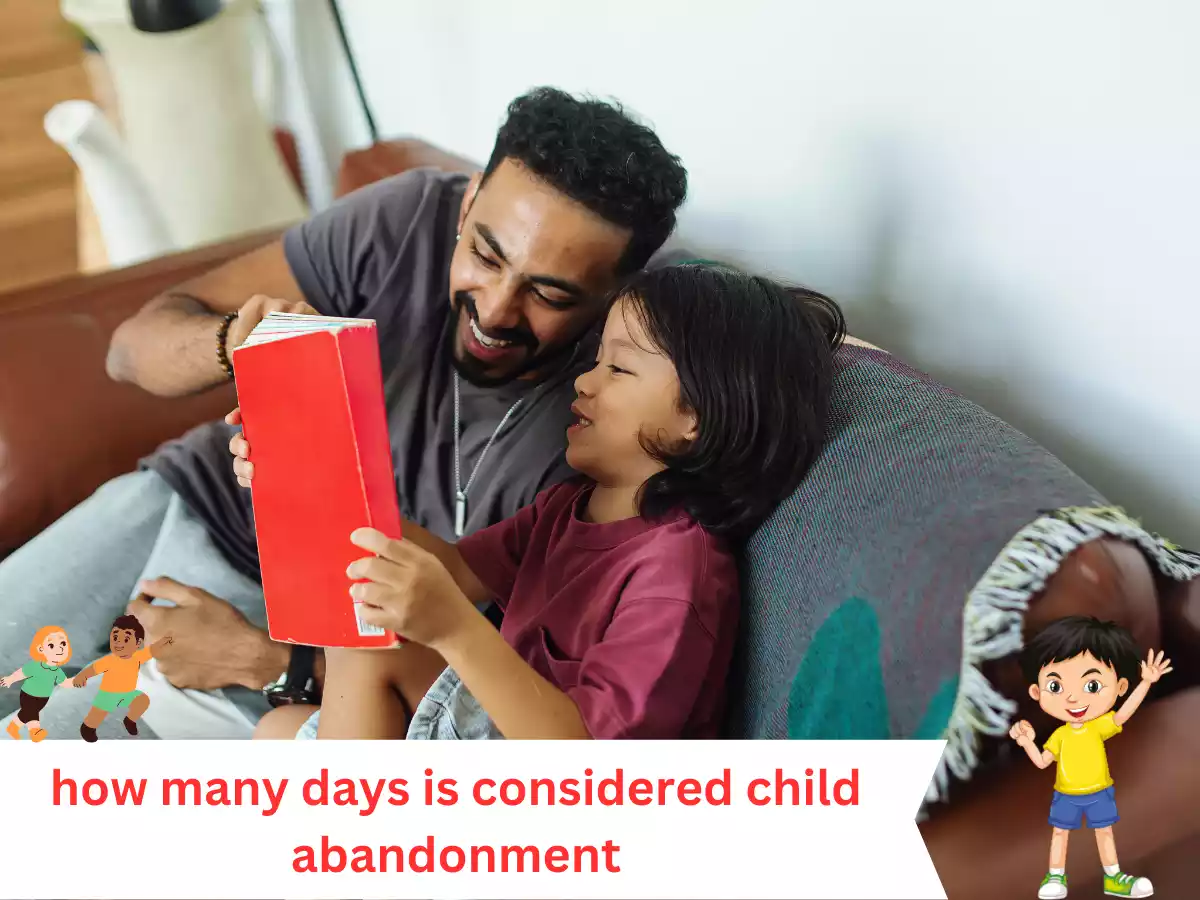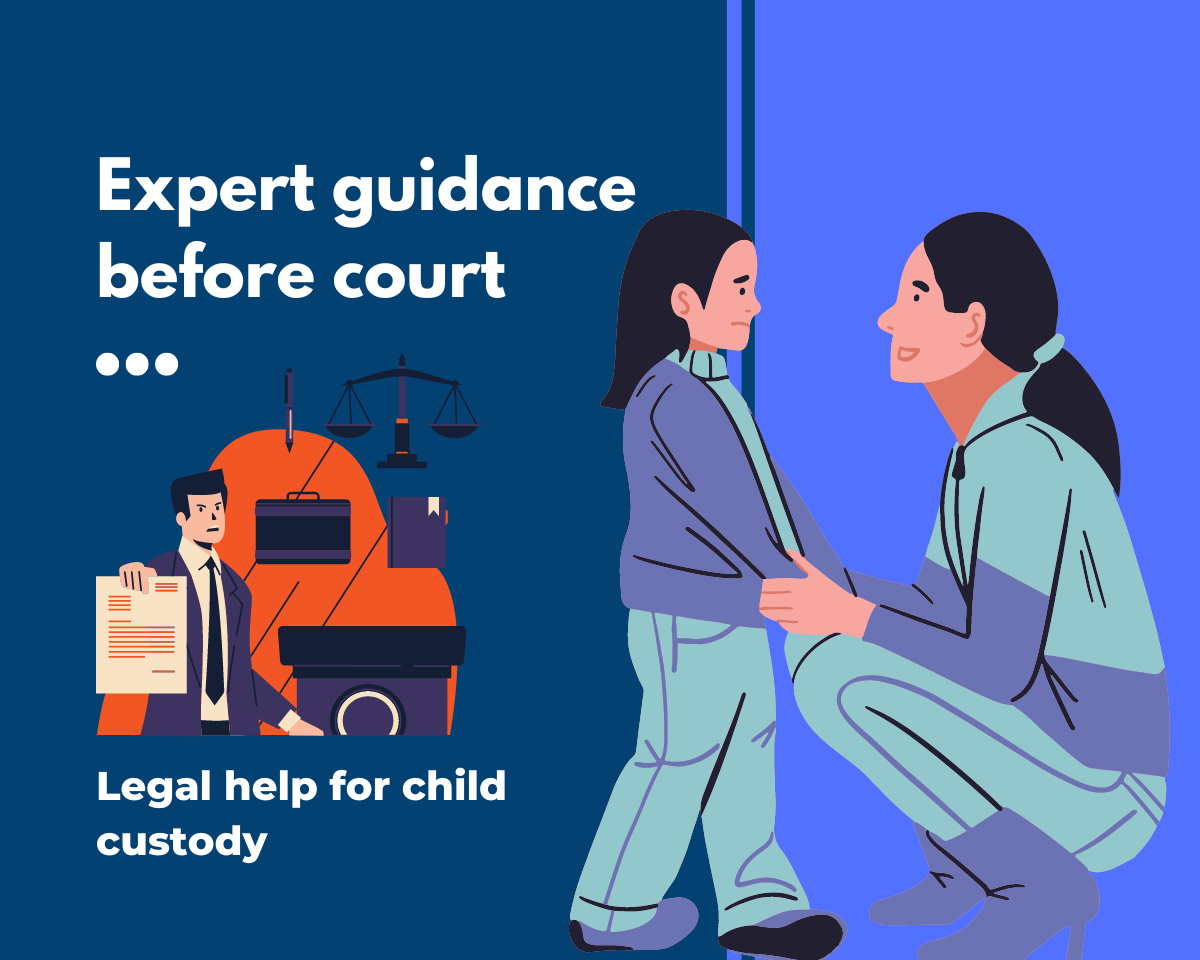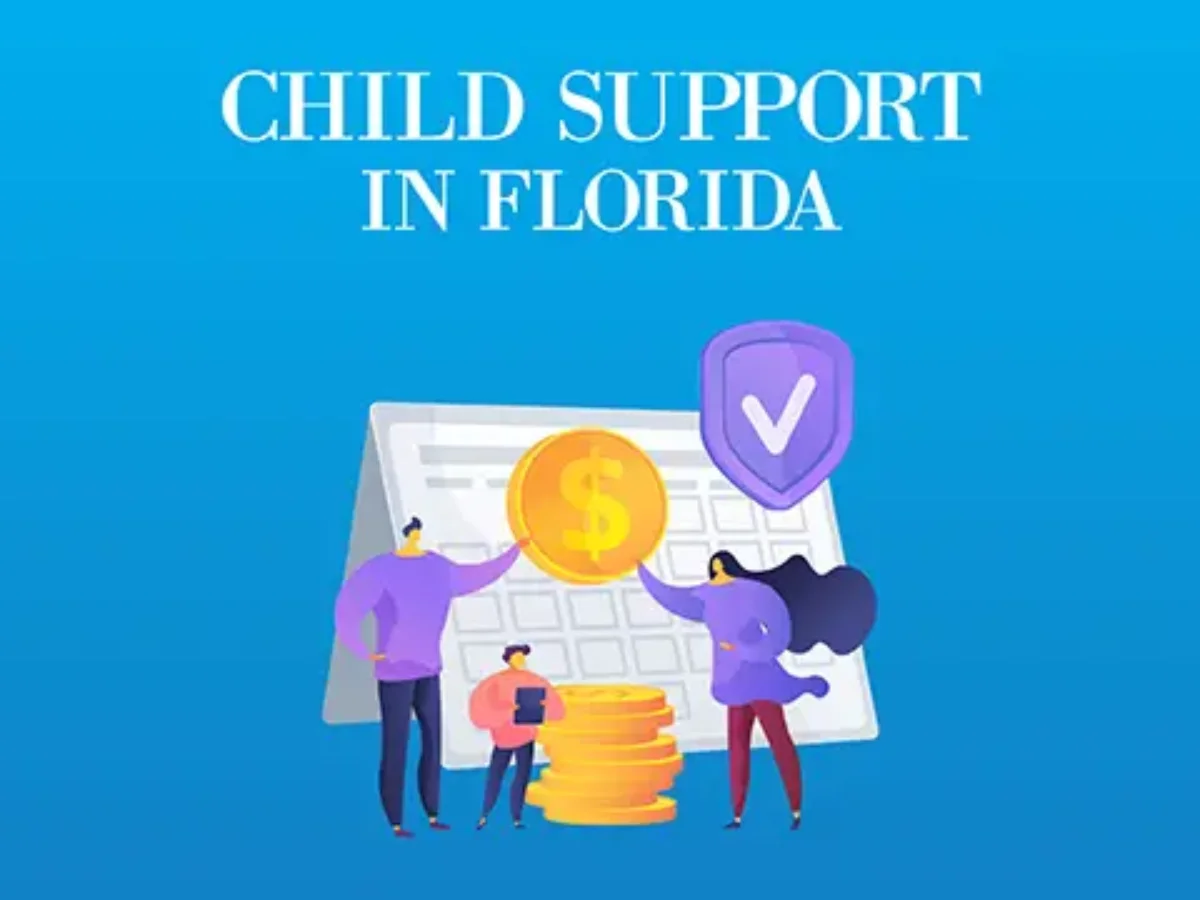Introduction: how many days is considered child abandonment
Child abandonment is a complex and concerning issue that raises questions about the well-being of children and the responsibilities of parents or guardians. This article dives into the legal aspects and emotional impact of child abandonment, shedding light on how many days are generally considered as child abandonment. We’ll also discuss signs, prevention, and the importance of early intervention.
How Many Days is Considered Child Abandonment?
Child Abandonment: A Closer Look
Child abandonment refers to the act of a parent or guardian leaving a child without proper care, support, or supervision, which can lead to the child’s physical, emotional, and psychological harm. The duration that is considered child abandonment varies depending on several factors, including jurisdiction, circumstances, and the child’s age and vulnerability.
Legal Definitions
Legally, the concept of child abandonment is recognized as a form of child neglect and abuse. The specific number of days that constitute child abandonment can vary widely. In some jurisdictions, leaving a child unattended for 24 hours or more may be considered abandonment, especially if it places the child at risk.
Emotional Impact
The emotional impact of child abandonment can be profound and long-lasting. Children who experience abandonment may develop feelings of rejection, insecurity, and low self-esteem. These emotional scars can affect their relationships and overall well-being well into adulthood.
Signs of Child Abandonment
Recognizing Signs
It’s crucial to recognize potential signs of child abandonment to ensure the well-being of children. Look out for the consistent absence of parents or guardians, lack of supervision, poor hygiene, malnutrition, and noticeable changes in behavior. Teachers, neighbors, and community members play a crucial role in identifying and reporting these signs.
Importance of Early Intervention
Early intervention is key to addressing child abandonment and preventing further harm. If you suspect a child is being abandoned, take immediate action by contacting local child protective services or law enforcement. Prompt intervention can safeguard the child’s safety and well-being.
Legal and Social Consequences
Legal Ramifications
Child abandonment can lead to serious legal consequences for parents or guardians. Depending on the jurisdiction, individuals who abandon their children may face fines, loss of custody, and even criminal charges. Legal actions aim to protect the child’s rights and ensure their safety.
Social and Community Impact
Child abandonment not only affects the child but also has broader social and community implications. Abandoned children may require additional support and resources to overcome the emotional challenges they face. Communities can play a crucial role in providing assistance and creating a safety net for vulnerable children.
Prevention and Support
Preventing Child Abandonment
Preventing child abandonment requires a multi-faceted approach. Providing resources such as parenting education, counseling services, and access to social programs can help parents cope with challenges and reduce the likelihood of abandonment. Building a supportive community can create an environment where parents feel empowered to seek help when needed.
Supporting Abandoned Children
For children who have already experienced abandonment, a strong support system is essential for their recovery and well-being. Counseling, therapy, and mentorship programs can help them heal emotionally and develop a sense of belonging.
FAQs
Q: How can child abandonment be prevented?
A: Child abandonment can be prevented through community support, education, and access to resources that help parents navigate challenges and provide proper care for their children.
Q: What should I do if I suspect a child is being abandoned?
A: If you suspect a child is being abandoned, contact local child protective services or law enforcement immediately to ensure the child’s safety and well-being.
Q: What are the legal consequences of child abandonment?
A: Child abandonment can result in legal penalties such as fines, loss of custody, and even criminal charges, depending on the jurisdiction and severity of the case.
Q: How does child abandonment impact children emotionally?
A: Child abandonment can lead to emotional challenges, including feelings of rejection, insecurity, and low self-esteem, which can have lasting effects on a child’s mental and emotional well-being.
Q: What role can communities play in addressing child abandonment?
A: Communities can provide support by offering resources, education, and assistance to parents, creating a safety net that helps prevent child abandonment and supports abandoned children.
Q: Is child abandonment a widespread issue?
A: Child abandonment is a concerning issue that can occur in various communities and circumstances, highlighting the importance of awareness, prevention, and intervention.
Conclusion
Child abandonment is a serious concern that demands our attention and action. By understanding the legal definitions, recognizing signs, and promoting prevention and support, we can create a safer and more nurturing environment for children. Early intervention, community involvement, and accessible resources are essential in ensuring that every child receives the care, protection, and love they deserve.























